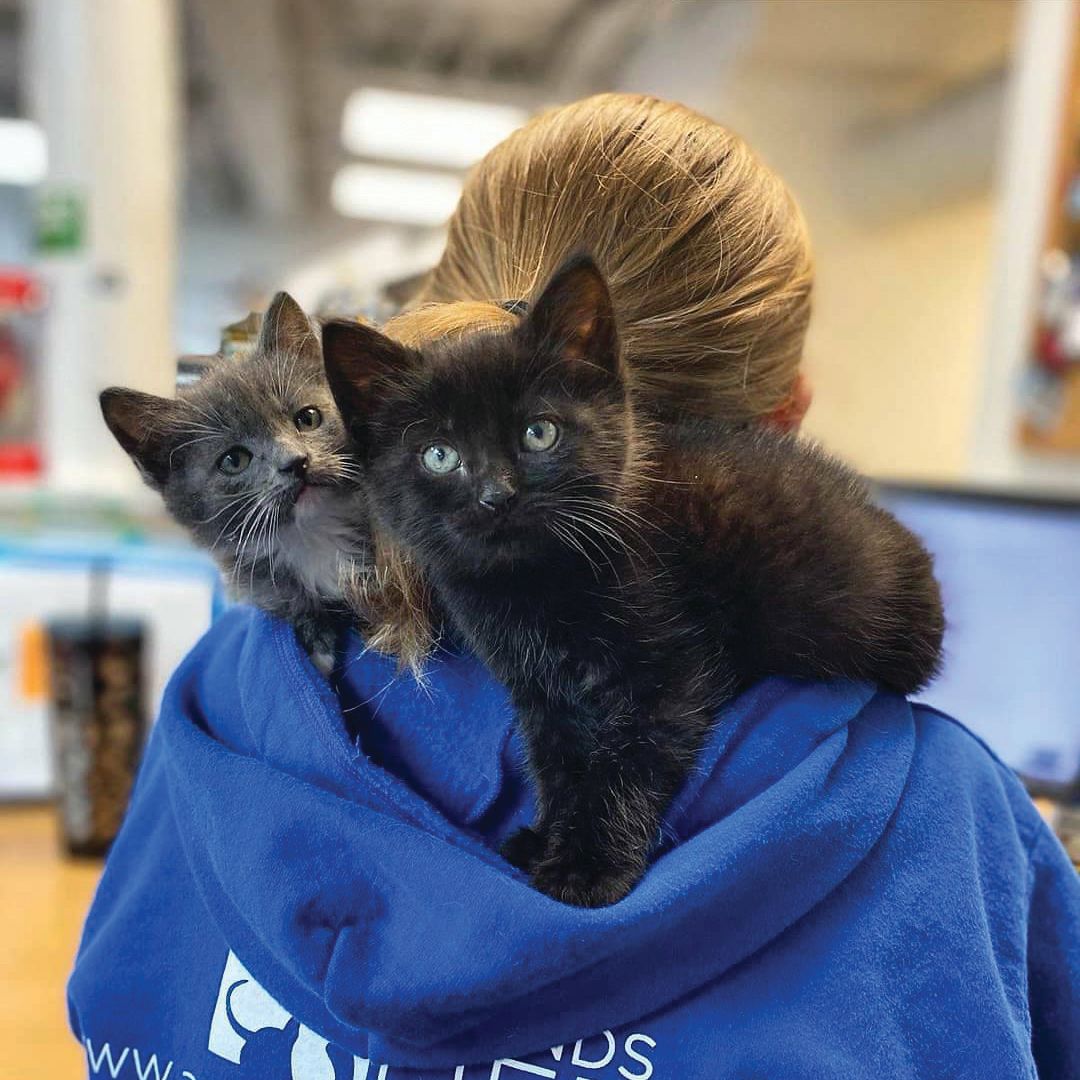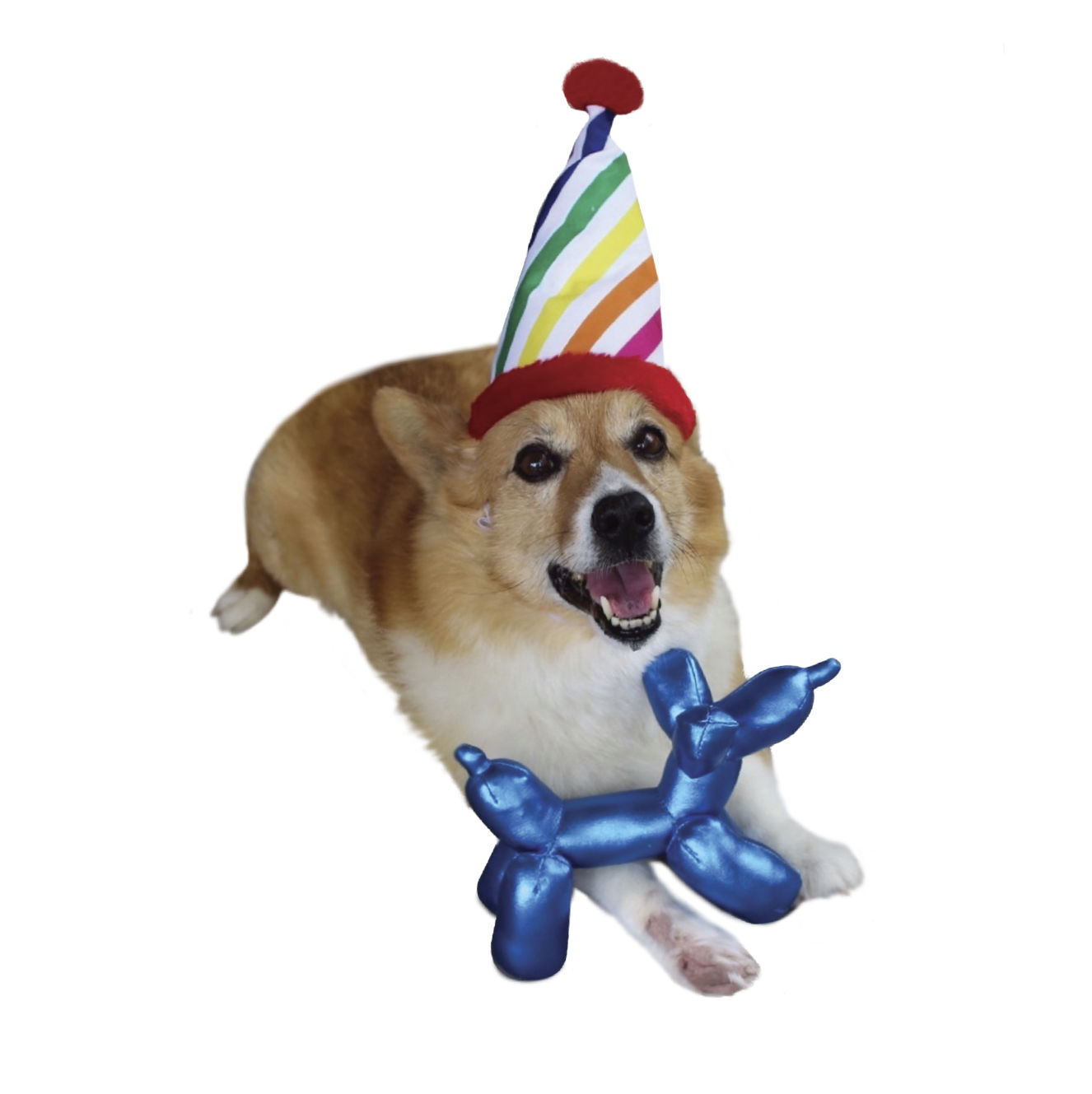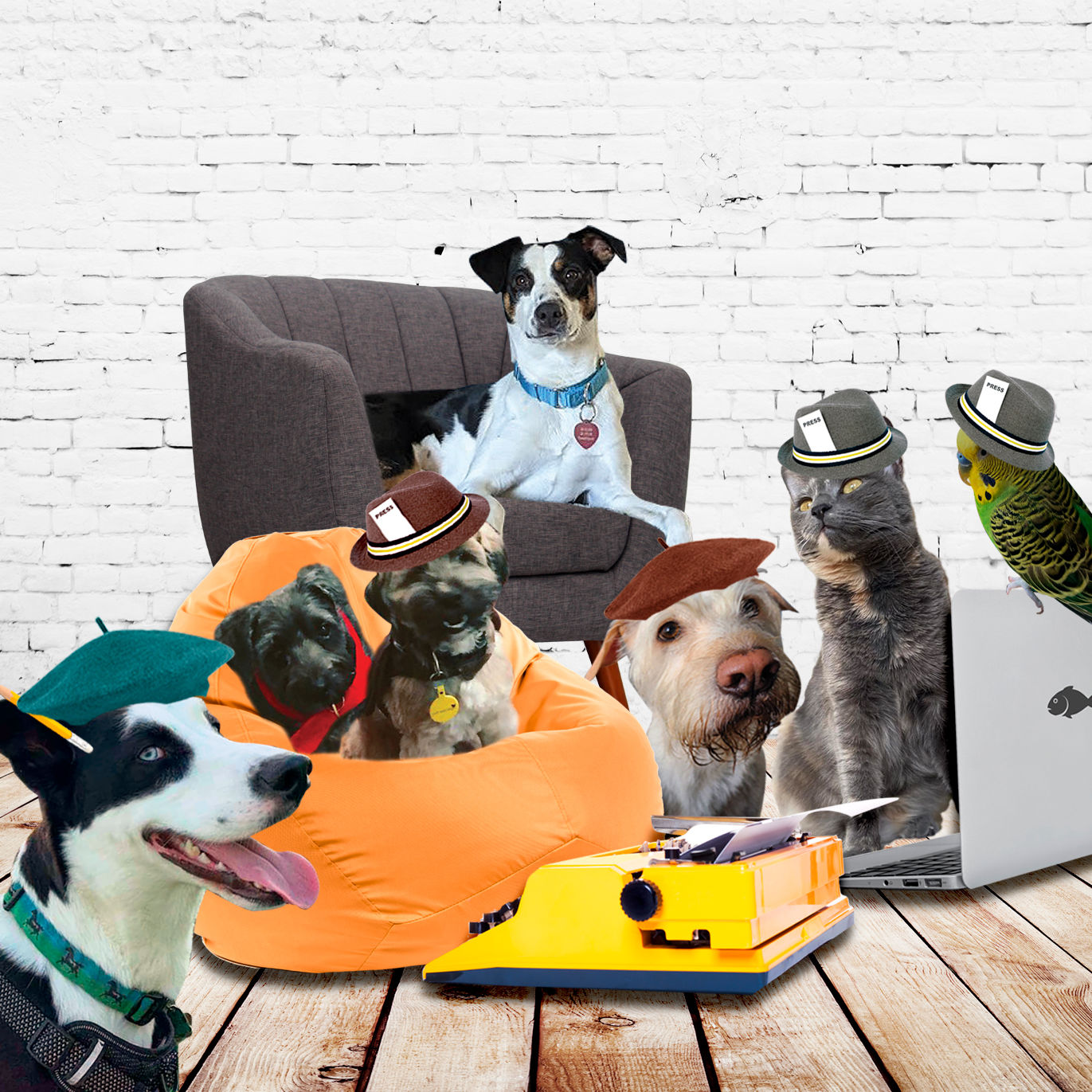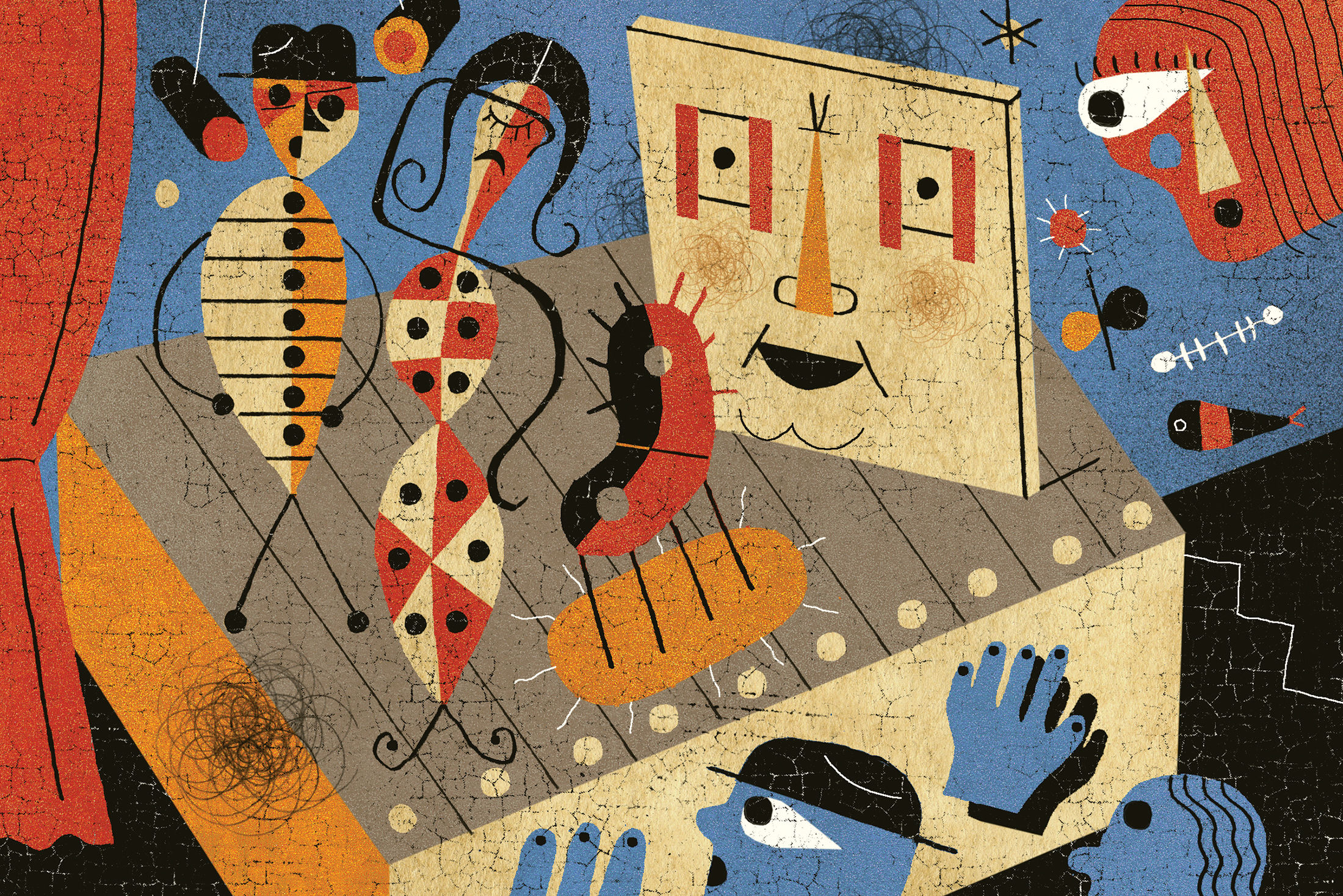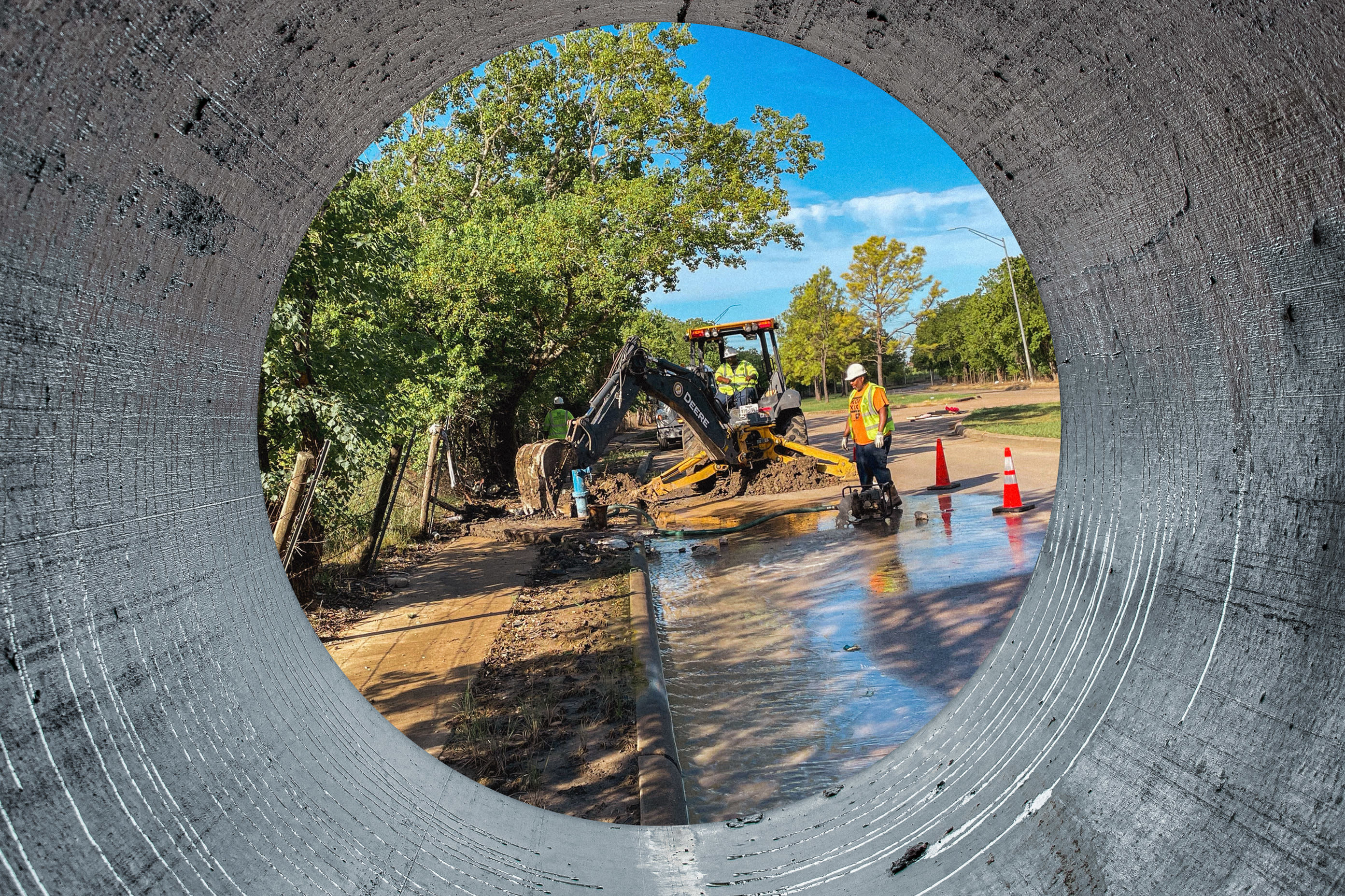Work-From-Home Tips for When Your Doggos Are Just Too Distracting
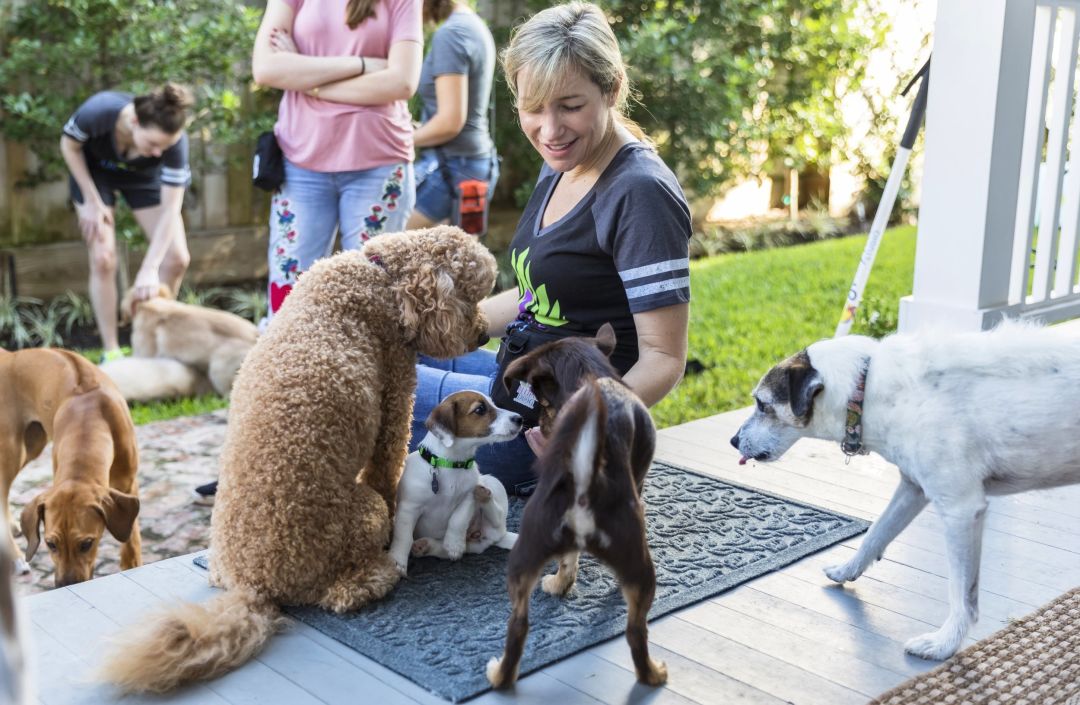
Stephanie Bennett, one of Houston’s top certified trainers and owner of Heights training center, Believe in DOG Training.
Image: Believe in DOG Training
It never fails. You sit down to Zoom with colleagues and in saunters doggo either demanding immediate attention or bouncing off the walls. Sound familiar? “I think it’s becoming a thing,” says Stephanie Bennett, one of Houston’s top certified trainers and owner of Heights training center Believe in DOG Training. “Dogs are learning what virtual meetings look like, and we’re hearing about it all the time. Even my own dogs will do it.”
Though all our four-legged pals are saying through their very distracting behavior (demand barking, stalker-style lurking) is, “I would like to have your attention, please,” there are things you can do to thwart such work-crashing stunts. Follow Bennett’s work-from-home tips to keep Human Resources (you, obvi) from writing up any collie-eagues and terrier-ists. And remember—“There’s no such thing as a bad dog.”
Walk it out.
“If you can do a small 20-minute walk in the morning and evening, it changes people’s lives,” says Bennett. Not only is a walk physically demanding for dogs, with nose work that’s essential to their well-being—“Being able to get out and stimulate their senses, through their noses, means so much to them”—it downright tires them out, lessening the chances you’ll have work-from-home interruptions. And anyways, Bennett says, “What’s good for them is good for us.”
Ignore them for a few.
Got a barker who won’t let you work in peace? “Dogs have nothing but time to get our attention to try to train us and get us to do what they want us to do,” says Bennett. Eventually, if you give in, you’re reinforcing the behavior. Instead, she advises ignoring or redirecting them.
Try a puzzle or brain game.
“I’ll have it ready and out of sight. Once my Zoom meeting is about to start, I’ll say, ‘Here, puppy,’” says Bennett. “Most people don’t realize how exhausting some puzzles are for dogs.” It may buy you 20 to 30 minutes as they redirect their energy to getting those treats.
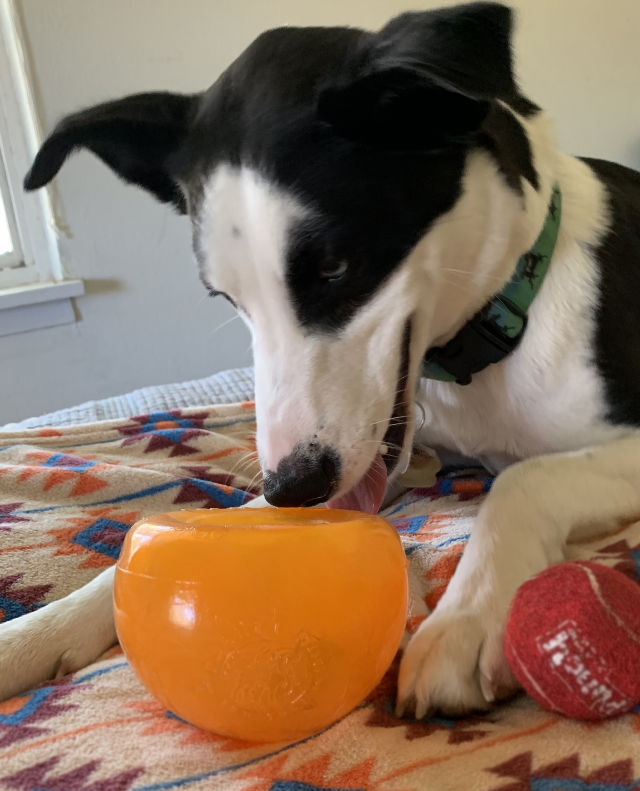
Bennett recommends Planet Dog’s Orbee Tuff Snoop, which dispenses treats.
Image: Amy Kinkead
Bennett recommends Planet Dog’s Orbee Tuff Snoop, which dispenses treats to snoopy dogs, or the Bob-A-Lot, a Kong Wobbler, or any Outward Hound puzzle for more advanced woofers (outwardhound.com). “They’re so great in so many ways,” she says, “because every time a puppy sees one of these things or learns one of these things, they get smarter and more confident.”
If all else fails, bust out the Flirt Pole (available at Believe in Dog’s boutique), which looks like a giant cat toy. “That’s been our most popular toy for 10 years.”
Try doggie day care (or socialize, socially distanced).
“We are seeing a really big problem: pandemic puppies,” says Bennett. “People are getting puppies and then not doing any socialization. Then, around seven to eight months, they find out puppy’s in trouble.”
According to experts, the critical socialization period—when puppies need to be exposed to oodles of stimuli from noises to people to colors to smells and textures—is five months old.
To ensure your pup will develop on track, enroll in a doggy day care, or try Believe in DOG's socialization Bingo card, which is full of ideas to help them get used to the world: a trip to Home Depot, driving around with the window down, looking at bicycles and things with wheels, eating in the bathtub. “If we don’t get them out and try to do some of that stuff, we’re going to have real problems later,” Bennett says. “Get them exposed to these things as early as possible in a happy way.”

